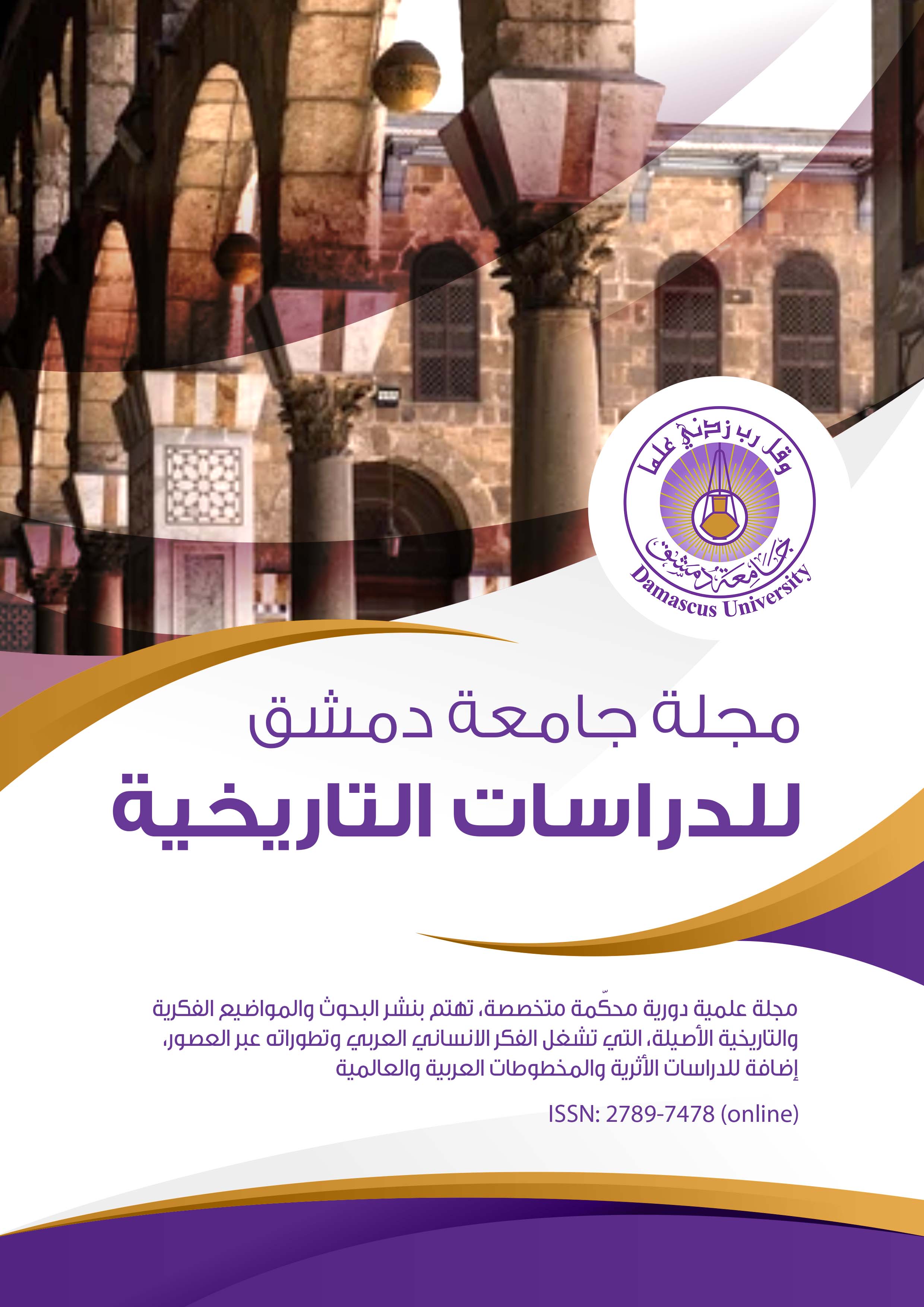الدلدلالات المقدسة للجسد البشري في بلاد تالرافدين
الكلمات المفتاحية:
دلالات مقدسة، جسد بشري، رأس، يد، رجل، أعضاء تناسلية، فكر ديني، بلاد الرافدين.الملخص
يعالج هذا البحث الدلالات المقدسة للجسد البشري في حضارة بلاد الرافدين من نهاية الألف الرابع حتى منتصف الأول ق.م. وتظهر هذه الدلالات في المشاهد الفنية، التي تتعلق بالطقوس الدينية. وتتوزع الدلالات المقدسة على مختلف أعضاء الجسد البشري، مثل الرأس، واليدين، والرجلين، والأعضاء التناسلية. إن تحديد هذه الدلالات يساعد في فهم العلاقة بين الجسد البشري والفكر الديني الرافدي.
ويعتمد البحث على المنهج الوصفي، والمنهج التحليلي، والمنهج المقارن بهدف الإجابة عن كل التساؤلات التي تطرحها الإشكالية. وتعد المشاهد الفنية المصدر الرئيس للبحث، فهي تحتوي على تمثيلات لنساء ورجال وآلهة، كانوا يقومون بحركات مختلفة، ولهذه الحركات دلالات مقدسة، وتعد المحور الأساسي في البحث.

